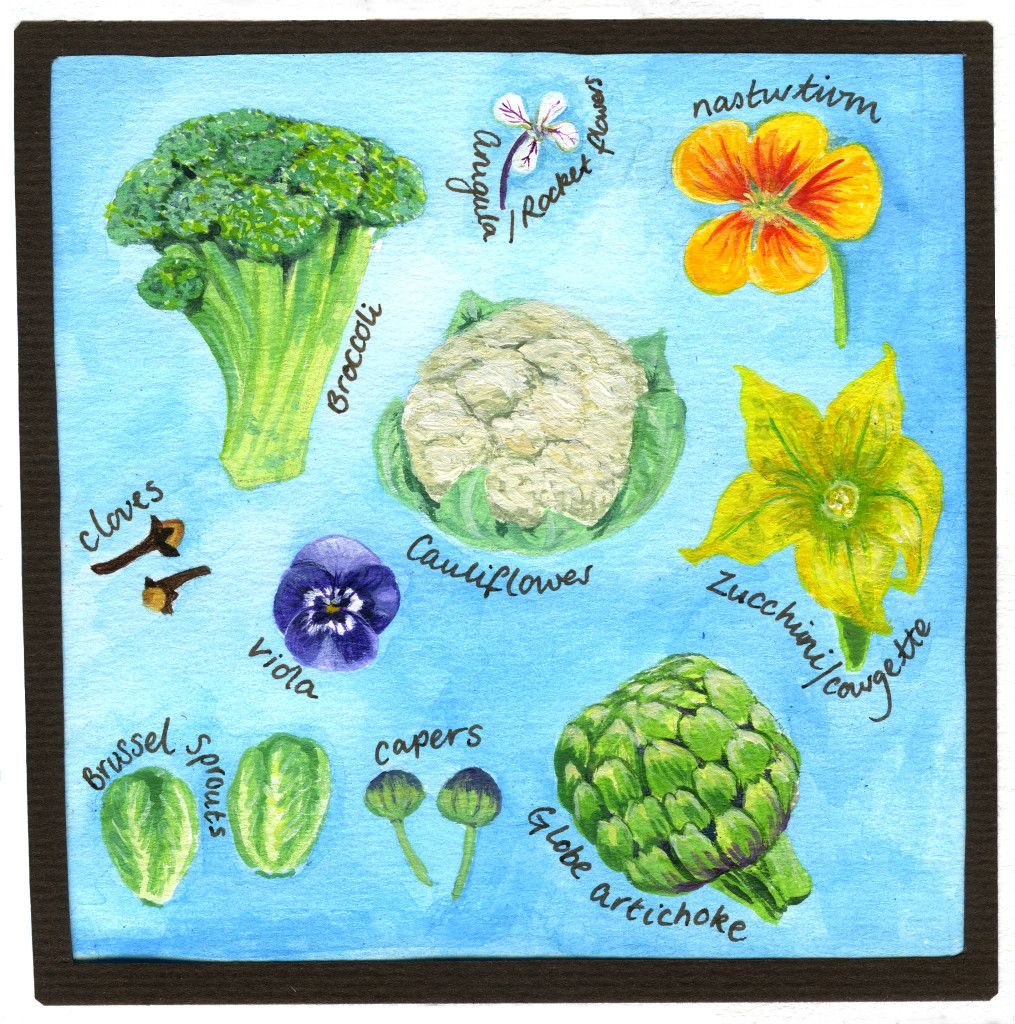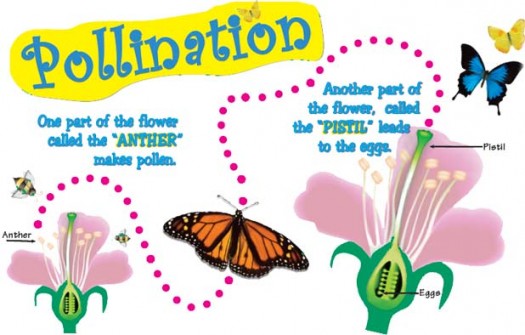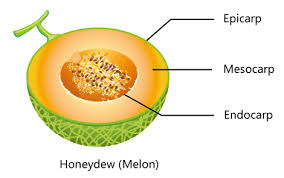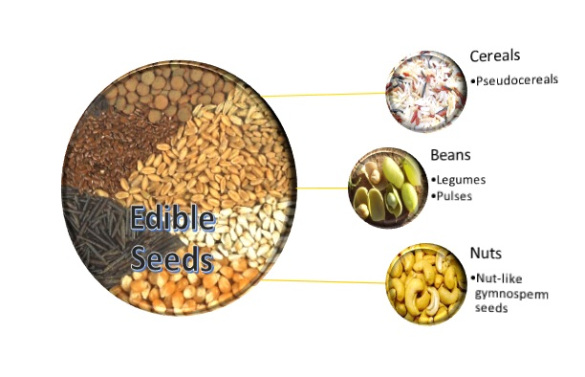Before starting lets take a look at the Grade 2 lessons
Plants : Uses of different plants
Flower
Responsible for reproduction
Colour and fragarence of flowers attract insects who act as pollinators.
Flower parts that we eat :
Pollination
Once the pollen meets the egg, a seed is formed.
Seeds are usually formed in a fruit .
Once the fruit is mature, it releases the seeds. The seeds land on the soil and create new plants.
Seeds have many ways of moving. Sometimes the wind blows them about. When animals eat the berries, the seeds come out in their poop.
Some important terms :
- Nectar: sweet liquid in plants
- Pollen: powder or dust on flowers
- Anther: male part of flower, which produces pollen
- Pistil: female part of the flower, which moves pollen to the eggs
- Fruit: plant part that holds seeds
Fruits
Contains and protects the seeds
Plays an important role in the dispersal of seeds
Raspberries and blackberries are called aggregate fruit. They are made up of hundreds of little fruits. Each one contains a seed.
Structure of a fruit :
Pericarp has 3 parts:
- Epicarp, the outermost layer often consisting of only the epidermis
- Mesocarp, or middle layer, which varies in thickness
- Endocarp, the innermost layer of the pericarp which surrounds a seed in a fruit.
Seed
A small , round or oval object produced by a plant from which when planted a new plant can grow.
Fruits that we eat
Seeds
A seed is the reproductive structure of a plant. It possesses an embryonic plant covered in protective coat. Seeds come in differenent shape, size and, color. The type of surface also varies from one seed to another. It may be smooth, wrinkled, striate, ribbed, pulpy or hairy.
Structure of a Seed:
A mature seed contains the plant embryo.
The seed has reserve food material for the growth of the plant and is covered with a protective layer called seed coat.
Seeds are attached to the fruit wall by a small stalk known as the funiculus.
Radicle : This grows and develops into the root system of the plant.
Cotyledon : It is a significant part of the embryo within the seed of a plant. Upon germination, the cotyledon usually becomes the embryonic first leaves of a seedling.
Testa : The protective outer covering of a seed; the seed coat.
Micropyle : A small pore in the ripe seed which is useful in pollination.
Epicotyl : It is the shoot above the cotyledons and develops into leaves.









